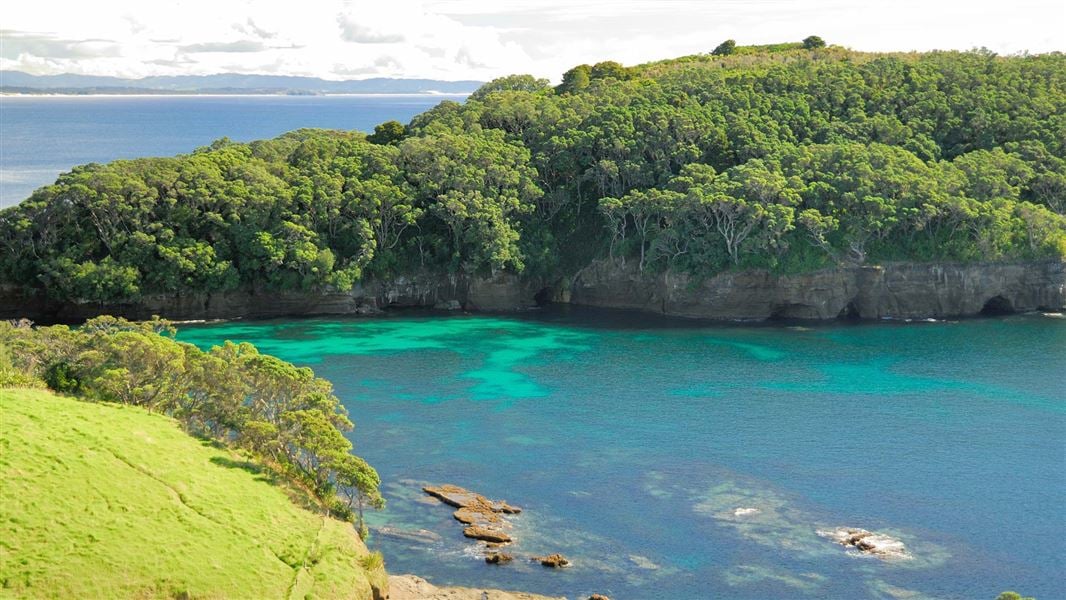
Located in the Auckland region
Introduction
Cape Rodney-Okakari Point lies north of Auckland. The marine reserve offers some of the best snorkelling and scuba diving opportunities close to Auckland. Visitors can also enjoy swimming, kayaking and walking on the beach.The marine reserve was the first to be established globally in 1975 and is 556 hectares.

No dogs allowed
To protect our native wildlife, dogs are not allowed anywhere in this place.